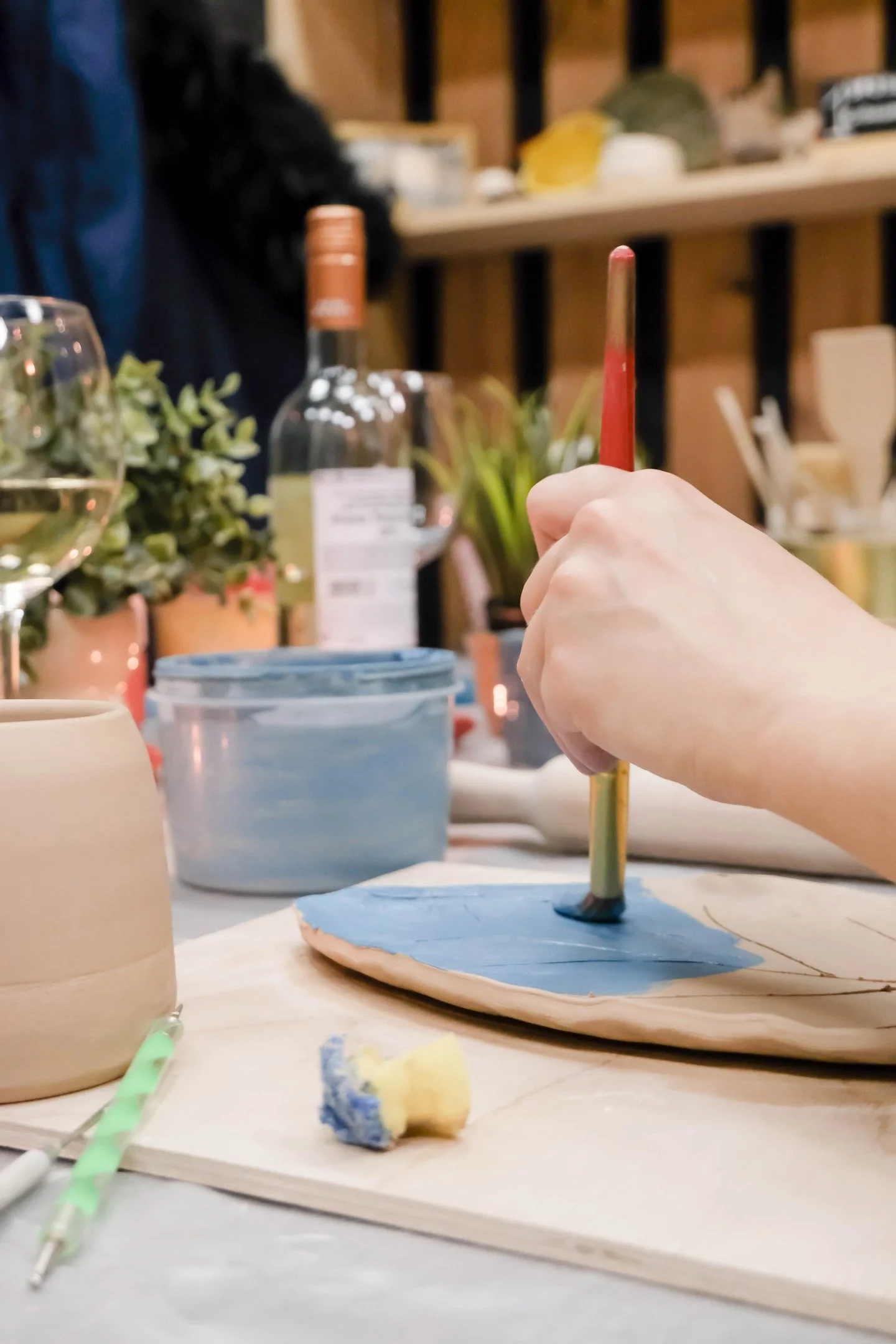What affects the final color of a piece after firing?
The final color depends on the clay body, glaze used, and firing atmosphere. Different clays have natural tones that can show through transparent glazes. Glaze chemistry determines color, but temperature and kiln type can alter it. In oxidation firing (electric kilns), colors are more predictable. In reduction firing (gas or wood kilns), oxygen is limited, causing unique variations. The thickness of glaze application can change the shade. Overlapping glazes can create new effects. Some minerals in the clay can react with glaze ingredients, shifting colors. Cooling speed also impacts the final look. This unpredictability is part of pottery’s charm. Even experienced potters sometimes get surprises when they open the kiln.






